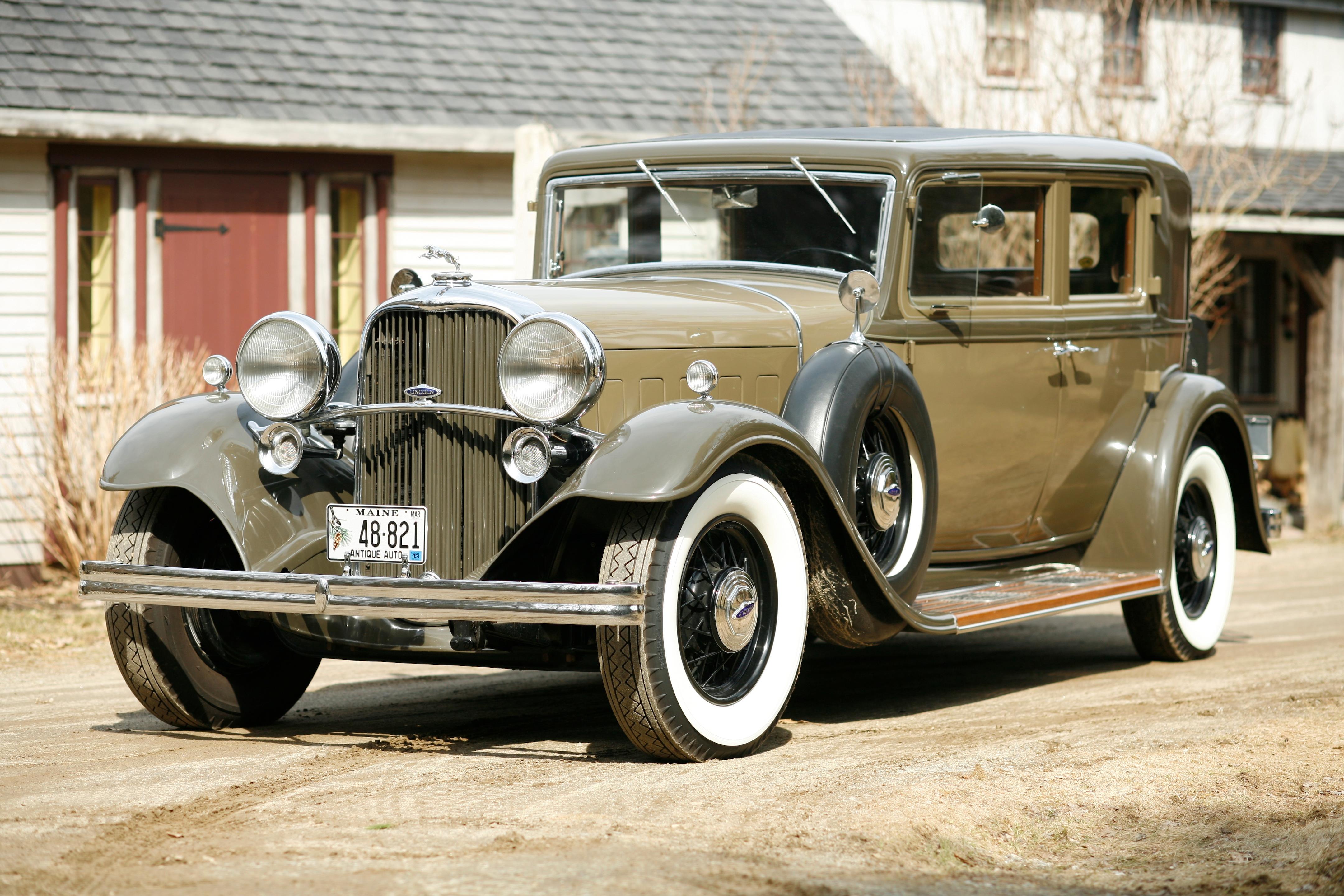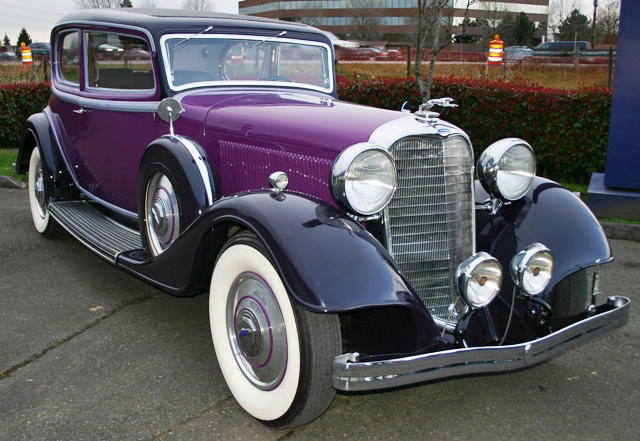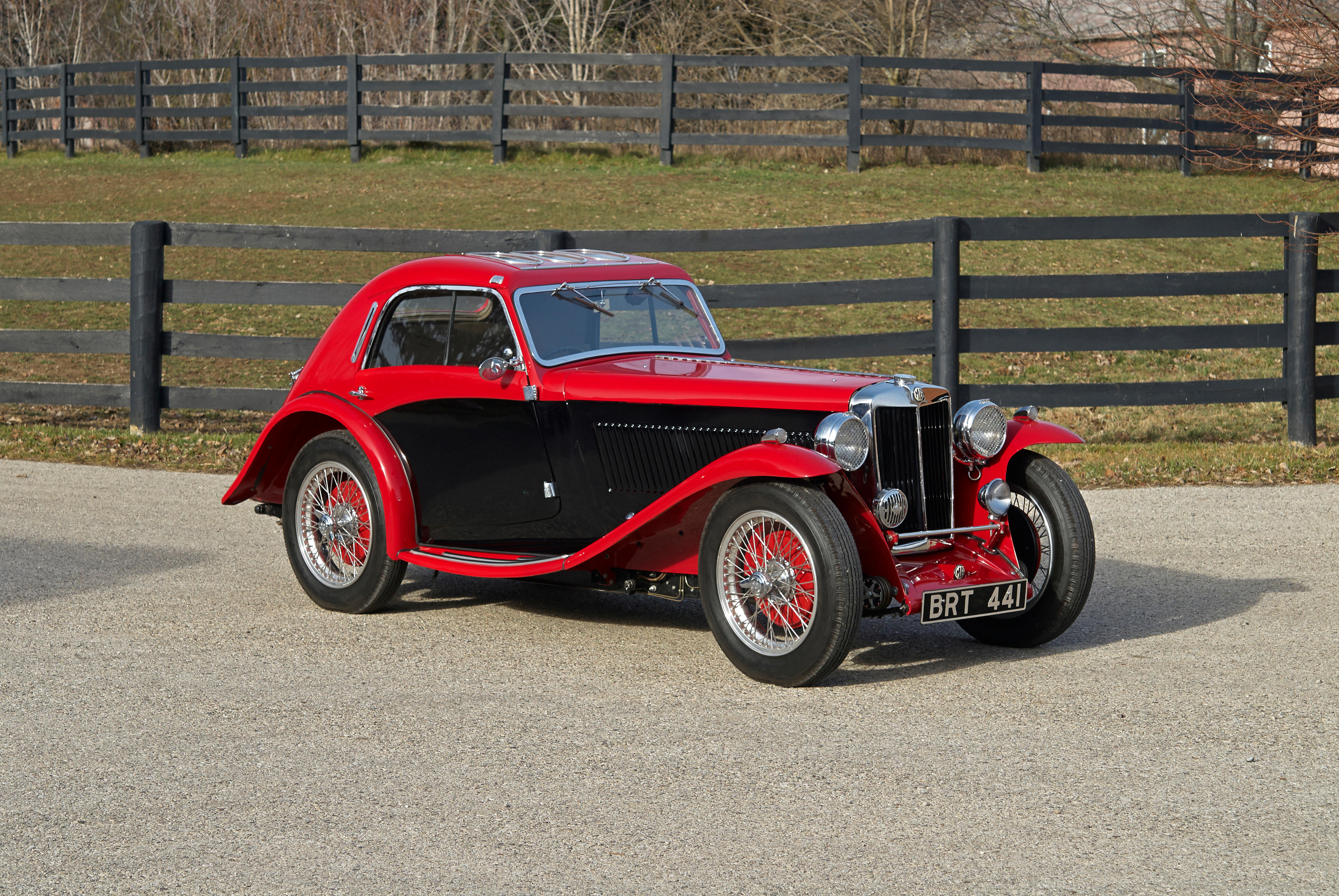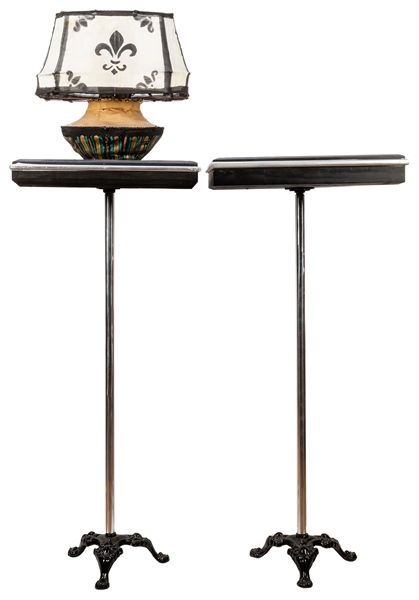Peugeot has a long and rich automotive history—the company remains the oldest surviving manufacturer of automobiles in France. Already a well-established firm, with a broad line of products, Peugeot became a bicycle manufacturer in the 1880s. The first association with automobiles came in 1889, when family scion Armand Peugeot built a handful of three-wheeled steam carriages for Léon Serpollet. Two years later, in 1891, a four-wheeled automobile bearing the Peugeot name appeared. It was powered by a Daimler-license gas engine; by 1896 Peugeot would be making its own engines. The company prospered and by 1914, with Armand Peugeot now at its helm, the firm was leading French manufacturer of automobiles, with multiple factories operating under the direction of its Paris headquarters. Although the firm offered numerous models, its racing cars were especially well known internationally. The company’s massive and innovative twin-cam racers of 1912-1913 had been successful in French Grand Prix racing. Then, in May 1913, Jules Goux won the third annual Indianapolis 500 in a Peugeot powered by the company’s huge 7.6-liter DOHC racing engine. The victory fanned American interest in Peugeot automobiles. A popular Peugeot sport tourer model during the 1913-1914 period was the 145S, powered by a substantial four-cylinder engine of 4.5-liters displacement. Featuring pressure lubrication to its three crankshaft main bearings, the engine was backed by a four-speed transmission. Amongst contemporaries that included Mercedes, Panhard and Fiat models, the 145S is known to have been preferred as personal transportation for Georges Boillot—who drove Peugeot’s 1912 and 1913 Grand Prix cars to victory—and Victor Rigal, also a well-known European racing driver of the day. The car offered here is believed by marque experts to be the single remaining 145S model in existence, out of the 325 originally built by Peugeot during 1913 and 1914. Although the chassis carries a 1913 patent plate, the 145S Torpedo Tourer is documented by Automobiles Peugeot to have left their factory at Lille on May 30, 1914, scheduled for trans-Atlantic delivery to the “New York area.” (Less than three months after the 145S departed Lille, World War I erupted—the factory produced military trucks and equipment briefly, before the Germans surged into that part of France and sacked the facility.) The performance and over-the-road reliability that attracted professional drivers and sportsmen to the 145S in its day found new favor when the offered Peugeot re-appeared in the 1950s, under the ownership of a doctor who frequently drove it on antique vehicle tours. This 145S was very much in the public eye during 1968. First, it was featured on the Peugeot stand at the 1968 New York International Auto Show. Then, it was driven coast-to-coast by its owner on the 6,700-mile TransContinental Tour, an antique car rally held in commemoration of the 60th anniversary of the famed New York-Paris race of 1908. The Peugeot apparently underwent a considerable change of circumstances sometime after 1968, as its next known history locates it in a California estate, where it was found stored in a partially dismantled and deteriorated condition. Next, the Peugeot was fully restored for a prestigious collection in the mid-1990s by noted California restorer Allan Taylor. It was redone at that time in its period-authentic colors of aubergine and Bordeaux red, the combination being perfectly complemented by seating trimmed in Caramel leather. The restorer adjudged the torpedo body to be the original fitted to the chassis in 1914 and further remarked that the wooden structure of the body had proved to be in exceptional condition. The original fenders were expertly recreated during the restoration. The charm of a bygone era can be found in the Peugeot’s original wicker trunk, while a side-mounted umbrella holder crafted from the same material holds a replica 1913 umbrella fashioned from pure malacca cane. M
Peugeot has a long and rich automotive history—the company remains the oldest surviving manufacturer of automobiles in France. Already a well-established firm, with a broad line of products, Peugeot became a bicycle manufacturer in the 1880s. The first association with automobiles came in 1889, when family scion Armand Peugeot built a handful of three-wheeled steam carriages for Léon Serpollet. Two years later, in 1891, a four-wheeled automobile bearing the Peugeot name appeared. It was powered by a Daimler-license gas engine; by 1896 Peugeot would be making its own engines. The company prospered and by 1914, with Armand Peugeot now at its helm, the firm was leading French manufacturer of automobiles, with multiple factories operating under the direction of its Paris headquarters. Although the firm offered numerous models, its racing cars were especially well known internationally. The company’s massive and innovative twin-cam racers of 1912-1913 had been successful in French Grand Prix racing. Then, in May 1913, Jules Goux won the third annual Indianapolis 500 in a Peugeot powered by the company’s huge 7.6-liter DOHC racing engine. The victory fanned American interest in Peugeot automobiles. A popular Peugeot sport tourer model during the 1913-1914 period was the 145S, powered by a substantial four-cylinder engine of 4.5-liters displacement. Featuring pressure lubrication to its three crankshaft main bearings, the engine was backed by a four-speed transmission. Amongst contemporaries that included Mercedes, Panhard and Fiat models, the 145S is known to have been preferred as personal transportation for Georges Boillot—who drove Peugeot’s 1912 and 1913 Grand Prix cars to victory—and Victor Rigal, also a well-known European racing driver of the day. The car offered here is believed by marque experts to be the single remaining 145S model in existence, out of the 325 originally built by Peugeot during 1913 and 1914. Although the chassis carries a 1913 patent plate, the 145S Torpedo Tourer is documented by Automobiles Peugeot to have left their factory at Lille on May 30, 1914, scheduled for trans-Atlantic delivery to the “New York area.” (Less than three months after the 145S departed Lille, World War I erupted—the factory produced military trucks and equipment briefly, before the Germans surged into that part of France and sacked the facility.) The performance and over-the-road reliability that attracted professional drivers and sportsmen to the 145S in its day found new favor when the offered Peugeot re-appeared in the 1950s, under the ownership of a doctor who frequently drove it on antique vehicle tours. This 145S was very much in the public eye during 1968. First, it was featured on the Peugeot stand at the 1968 New York International Auto Show. Then, it was driven coast-to-coast by its owner on the 6,700-mile TransContinental Tour, an antique car rally held in commemoration of the 60th anniversary of the famed New York-Paris race of 1908. The Peugeot apparently underwent a considerable change of circumstances sometime after 1968, as its next known history locates it in a California estate, where it was found stored in a partially dismantled and deteriorated condition. Next, the Peugeot was fully restored for a prestigious collection in the mid-1990s by noted California restorer Allan Taylor. It was redone at that time in its period-authentic colors of aubergine and Bordeaux red, the combination being perfectly complemented by seating trimmed in Caramel leather. The restorer adjudged the torpedo body to be the original fitted to the chassis in 1914 and further remarked that the wooden structure of the body had proved to be in exceptional condition. The original fenders were expertly recreated during the restoration. The charm of a bygone era can be found in the Peugeot’s original wicker trunk, while a side-mounted umbrella holder crafted from the same material holds a replica 1913 umbrella fashioned from pure malacca cane. M














Testen Sie LotSearch und seine Premium-Features 7 Tage - ohne Kosten!
Lassen Sie sich automatisch über neue Objekte in kommenden Auktionen benachrichtigen.
Suchauftrag anlegen